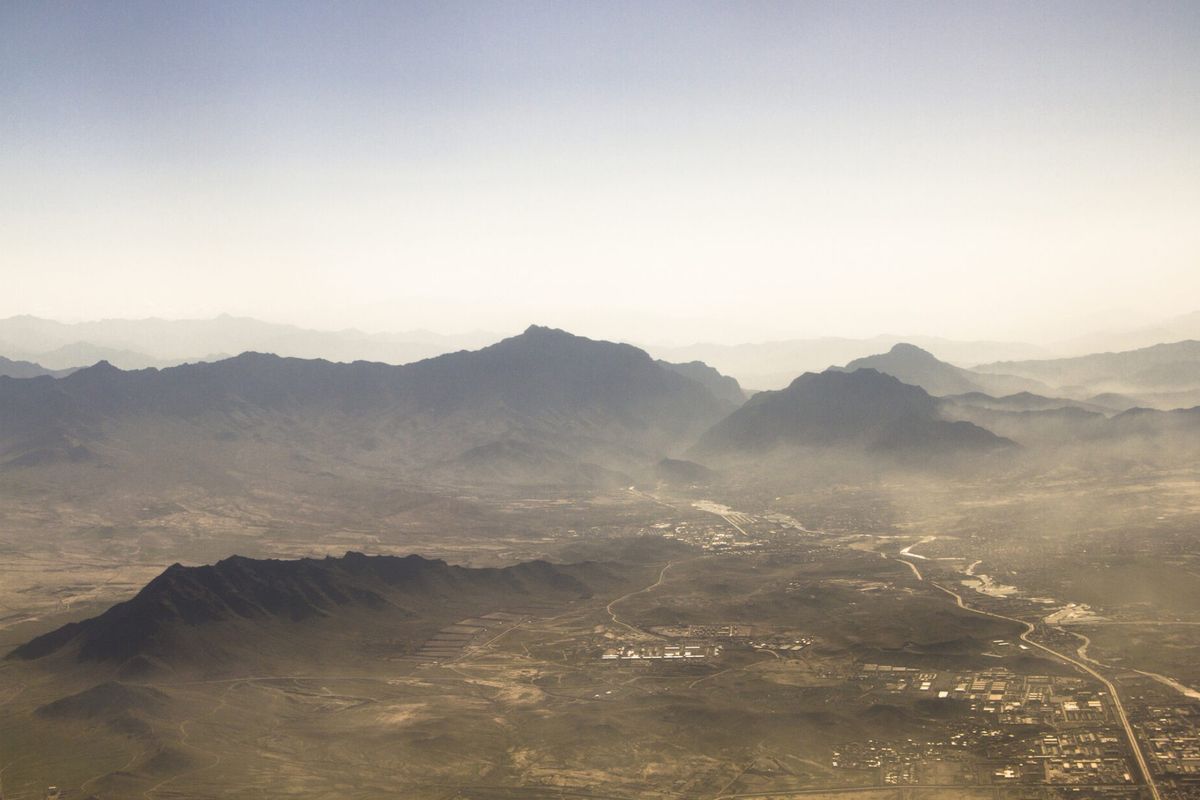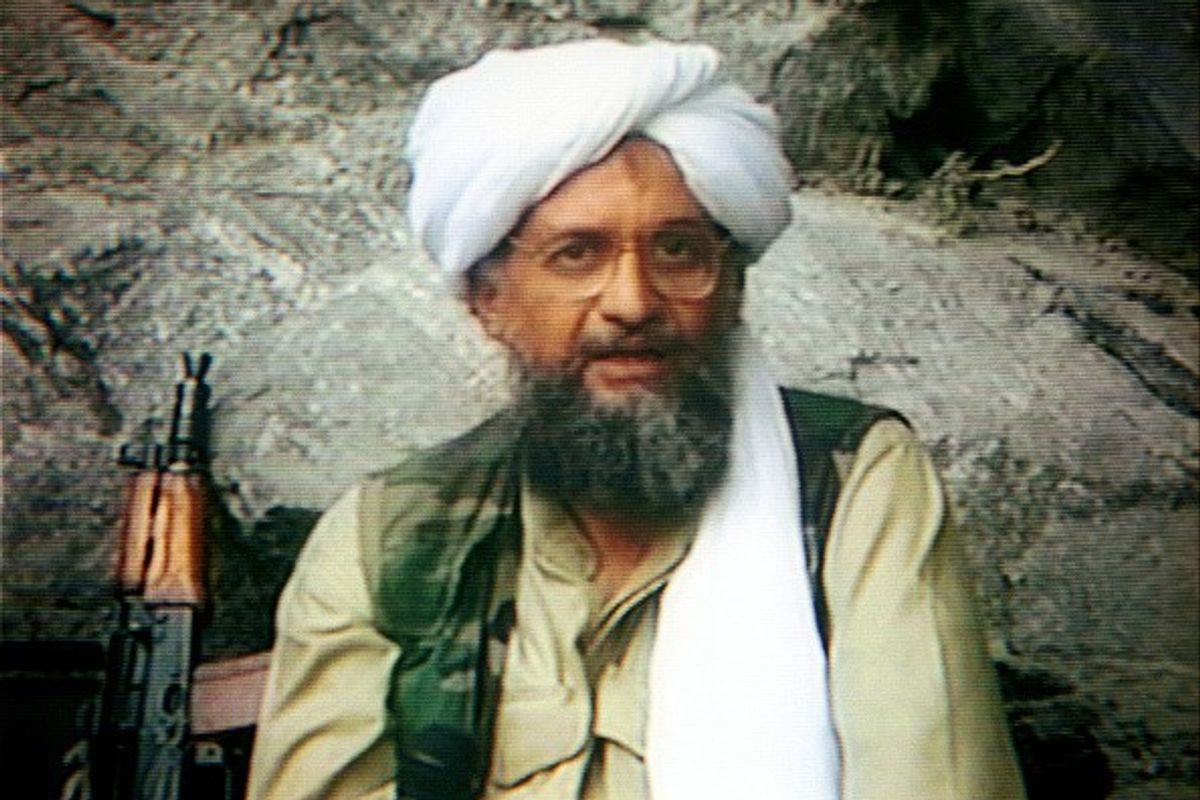On Sunday, U.S. Special Forces SEAL Team 6, killed Abdul Raouf al-Dhahab, a mid-level al Qaeda in the Arabian Peninsula (AQAP) commander, and two of his lieutenants in a joint air and ground assault in the central Yemeni governorate of al-Bayda.
The special operations raid occurred against the backdrop of Yemen’s two-year civil war.
In September 2014, the Shi’a Houthis overthrew the government of Yemeni President Abdu Rabbu Mansour Hadi. In the following months, Hadi and his cabinet fled south and established a new provincial capital in the southern governorate of Aden. In February 2015, the Houthis mounted a southward offensive against Hadi’s new government. Hadi enlisted the aid of a Saudi-led military coalition to repel the Houthi offensive and restore his former government.
De facto, unspoken alliances between the jihadists (primarily AQAP), Hadi, and the Saudi coalition have occurred in battles against the Houthis. While these temporary symbiotic alliances have proven to be an effective tactic for liberating southern and eastern Yemen, they have for the most part ended badly for AQAP following the evisceration of the local Houthi threat.
During the special operations raid in the central governorate of al-Bayda, a SEAL Team member was killed, and three other members of the operation were wounded. Local and regional media outlets also claimed that U.S. forces killed between 14 and 41 additional AQAP militants in the operation, and anywhere from nine to 30 civilians.
In addition to his prominent role in AQAP, Raouf was also the senior leader in the Anti-Houthi Opposition Front, a coalition of pro-Hadi militias and jihadi groups that operate along the Qayfa tribal belt, a northwestern Salafi tribal region known as a major recruiting ground for both AQAP and ISIS.
Known as an effective AQAP recruiter and influential leader among the Qayfa tribes, Raouf was the last of four siblings who —along with his brothers— established training camps in the Qayfa tribal belt and used them to launch violent attacks against both the Yemeni government as well as the Houthis over the last six years. Raouf and his siblings were associates and disciples of American born Anwar al-Awlaki, an influential AQAP ideologue who was killed in a U.S. drone strike in Yemen in 2011, and AQAP senior leader Shawki al-Badani, a planner involved in attacks against the U.S. Embassy in Sana’a in 2012 and other U.S. embassies in the Middle East and Africa in the summer of 2013.
Raouf’s death was the fourth AQAP leadership decapitation in al-Bayda this month. AQAP’s governorate commander Abu Ghani Qassim al-Risas and two district commanders in al-Bayda’s eastern border region were previously eliminated by U.S. drone strikes.
Along the Qayfa tribal belt in the northwestern part of al-Bayda, residents claim that Raouf financed and led anti-Houthi militias in battles in al-Bayda since 2015, often with air support from Saudi coalition aircraft. Raouf and his siblings established a series of tribal forums, which taught the use of social media to disseminate and exploit alleged casualty and other collateral damage photos of U.S. drone strikes. Within hours of Raouf’s death, alleged photos of children killed and maimed in the operation were being disseminated across Arab social media with two custom hashtags.
Sunday’s Seal Team Six operation and the Saudi-led coalition’s recent blockade of al-Bayda’s southern transit routes will disrupt AQAP’s country-wide operations. Al-Bayda’s central location serves as both a key transportation hub and a safe haven for AQAP’s planning and execution of terrorist operations, inside and outside of Yemen.
Al-Bayda, located in one of Yemen’s most mountainous regions, borders key Yemeni oil-producing governorates and hosts critical transit routes between Sana’a, the former Yemen capital taken over by the Houthis, and Aden, the new capital established by the remnants of Hadi’s government. AQAP has repeatedly retreated to al-Bayda’s rugged mountains following its defeats in the southern and eastern governorates of Lahij, Abyan, Shabwah, and Hadramawt over the past six years. Al-Bayda’s obscurity has long facilitated AQAP’s operations as the Yemeni government previously considered it to be a low priority due to its rebellious tribes, rough terrain, and paucity of natural resources.
However, the recent surge in AQAP leadership decapitations over the past five months suggests that this trend may have changed. U.S. drone strikes have killed 14 AQAP mid-level commanders in al-Bayda since September 2016. On September 18, 2016, the Yemeni military announced that it was preparing to mount an offensive to liberate al-Bayda from the Houthis.
The loss of Raouf’s leadership will weaken AQAP’s control of the northwestern border with Sana’a as well as its ability to build support with anti-Houthi militias in al-Bayda and the surrounding governorates. Raouf’s death and the looming Saudi coalition offensive into al-Bayda may well cause AQAP to abandon its traditional “last refuge” and seek new real estate with a lower opportunity cost.











